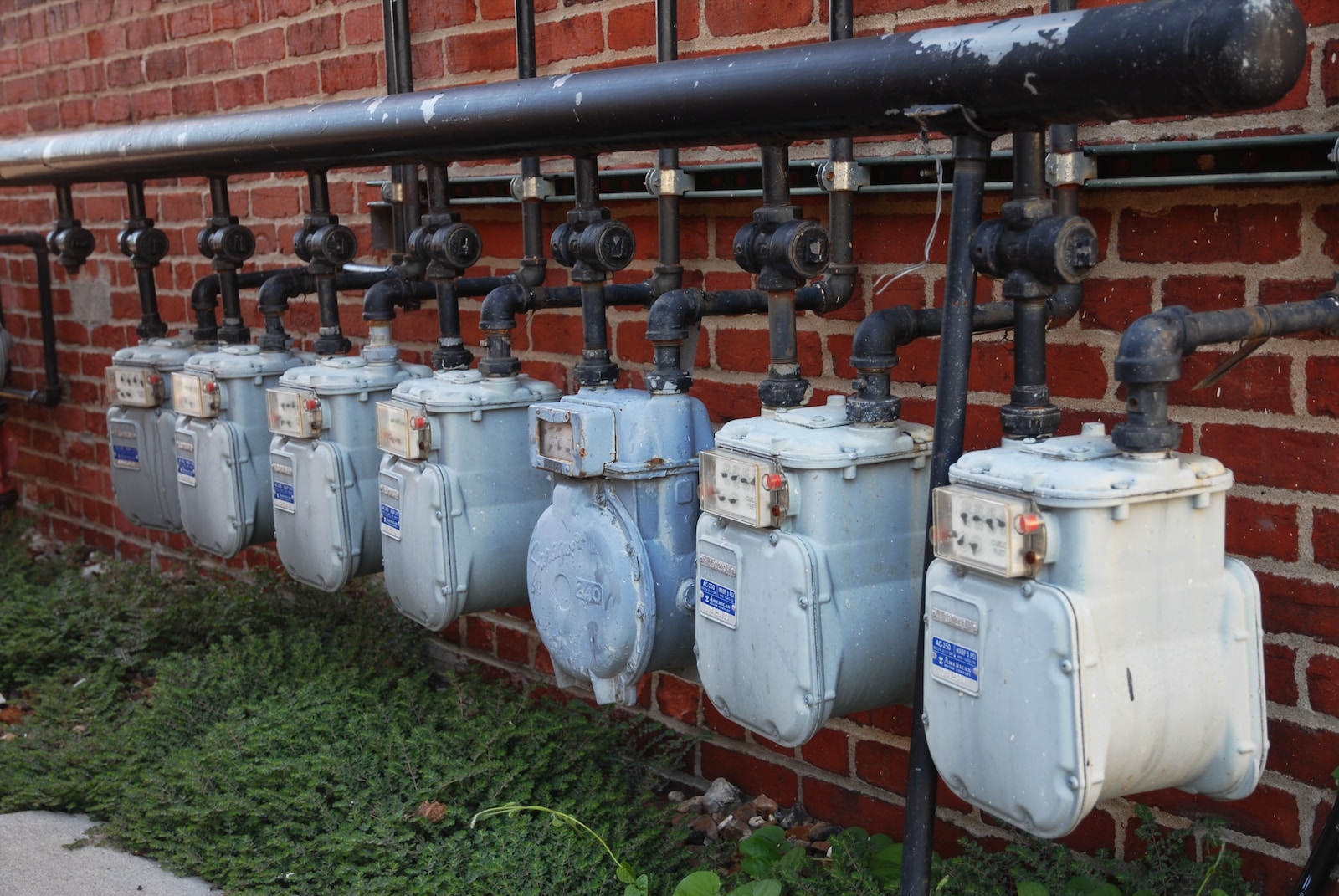
Criteria and Principles of Ratemaking
By
Branko Terzic
In public utility rate cases the subject of Bonbright’s “Principles” for rate making is usually a topic of discussion and examination. Most parties to a rate case will find some support for their position in James C. Bonbright’s original text Principles of Public Utility Rates (Columbia University Press, NY 1961) or in the later 1988 update of the same title by Bonbright and Professors Daniel Kamerschen and Albert Danielson of the University of Georgia.
Since I started testifying before the 1988 update I’ll refer to the 1961 original text.
The issue in a recent case was whether one “principle” took precedence over any other. To be clear the question was referring to what Bonbright called both a “Criteria of a Desirable Rate Structure” and “Criteria for a Sound Rate Structure”. This was Bonbrights list of eight “desirable attributes of a rate structure” with the “sequence not meant to suggest any order of relative importance”. Here are the eight “desirable attributes” according to Bonbright:
Practical attributes of simplicity, understandability, public acceptability, and feasibility of application
Freedom from controversies as to proper interpretation
Effectiveness of yielding total revenue requirements under the fair return standard (i.e., fair, just and reasonable rates
Revenue (and cash flow) stability from year to year
Stability of rates themselves, minimal unexpected changes seriously adverse to
existing customers
Fairness of the specific rates in the apportionment of total costs of service among different consumers
Avoidance of “undue discrimination” in rate relations
Efficiency in discouraging wasteful use while promoting justified types and amounts of use:
-
- In control of total amounts of service
- In the control of relative uses of alternative types of service
Bonbrights points out that these eight attributes are “unqualified to serve as a base on which to build principles because of the ambiguities (how does one define ‘undue discrimination’), their overlapping character, and their failure to offer any rules of priority in event of conflict.”
This last point is particularly important as clearly it may not be possible to produce a single rate design which have both the attribute of “simplicity” and “fairness”, or be free of “controversy” while avoiding “undue discrimination.” Bonbright gives a good example of the problems inherent in abandoning all the current rate structures and class systems and providing a single simple energy charge “$/kWh” rate in electricity for everyone.
In sum, no single criteria is controlling as Bonbright points out in introducing the criteria that the sequence does not suggest any “order of relative importance.”
This leaves the regulator free to practice the Art of Ratemaking with the objective of insuring that, in Bonbright’s terms, the consumers of public utility services “1) shall be free to take whatever types and amounts of service they are ready to pay for but 2) in return therefor should be required to pay rates not seriously out of line with costs of rendition.”
That sounds pretty simple, doesn’t it?
The Honorable Branko Terzic is a former Commissioner on the U.S. Federal Energy Regulatory Commission and State of Wisconsin Public Service Commission, in addition to energy industry experience was a US Army Reserve Foreign Area Officer ( FAO) for Eastern Europe (1979-1990). He hold a BS Engineering and honorary Doctor of Sciences in Engineering (h.c.) both from the University of Wisconsin- Milwaukee.
#BrankoTerzic #energy #regulations #experience #research #future #opportunity #strategy #management #people #electricity #power #utilities #renewables #RenewableEnergy #energysector #oilandgas #powergeneration #energyindustry #oilandgasindustry #sustainability #legislation

